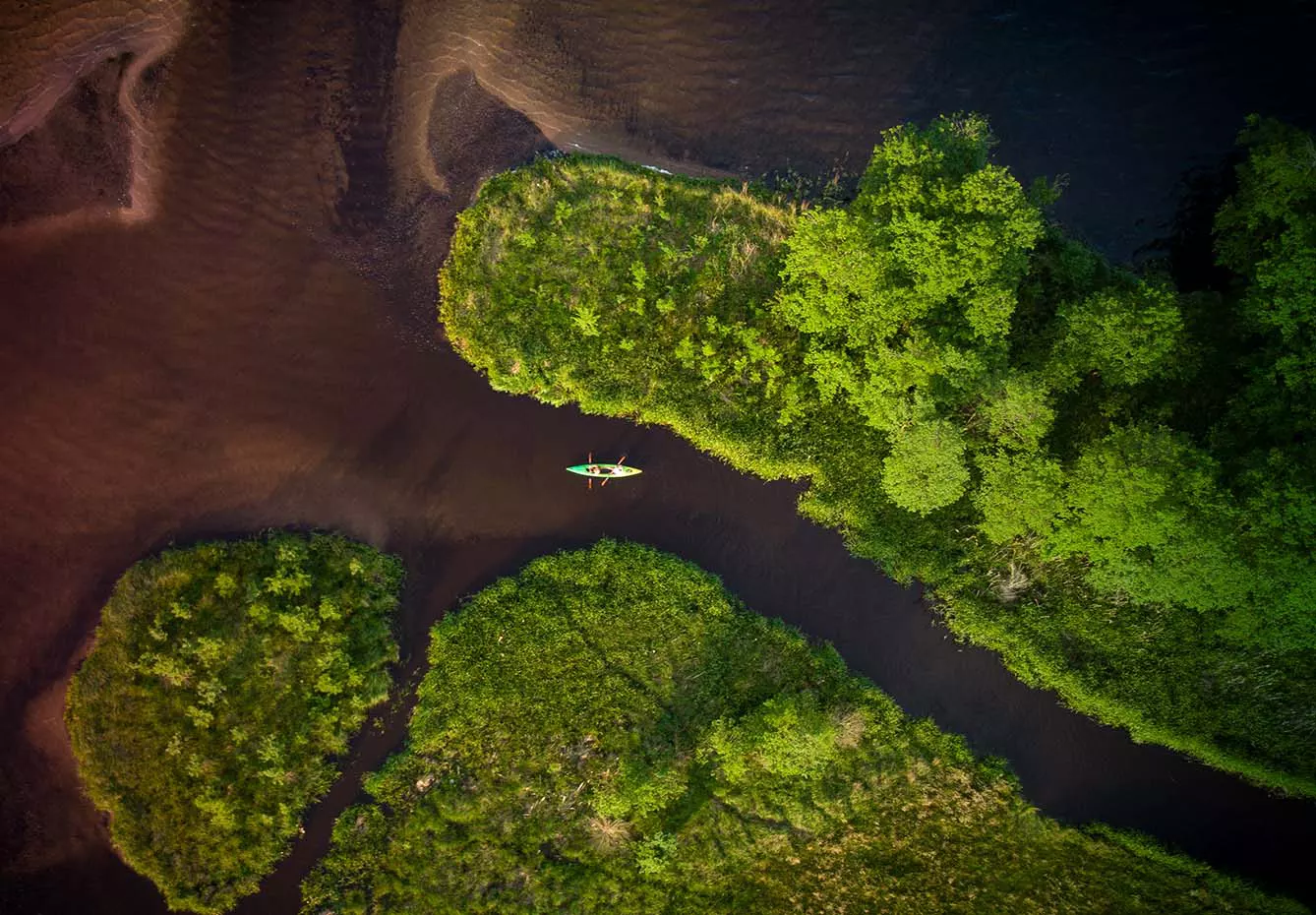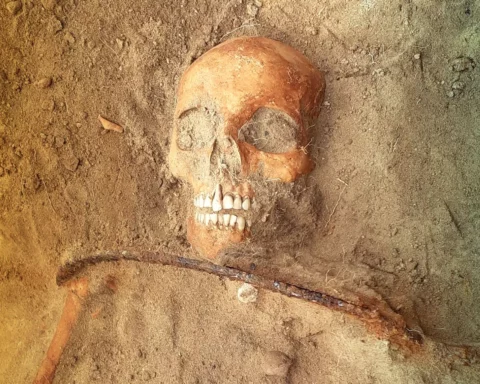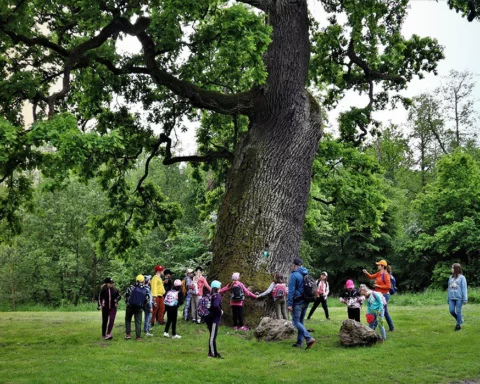Kayaking has been booming in recent years. There is something truly rewarding in completing a water route in your light vessel. However, the history behind the kayak and its use for leisure is not that long. Let’s then first take a quick look at the highlights.
Ka-i-ak, the ‘man’s boat’
The oldest vessel resembling today’s kayak was discovered by a British archaeologist, Sir Leonard Wolley, in Ur (Iraq). I mean, a sort of a kayak. To be precise, it was a silver model of a canoe and a paddle. Although you can find some specimens of light wooden boats, it’s the models designed by the Eskimo people (in some sources – Aleut people) that are most intricately connected to the construction of the modern-day kayak. As one can appreciate, building materials are scarce in the subarctic regions.
It is also important to move swiftly to preserve your energy. They would, therefore, build their vessels from anything they could find – mostly bones and animal skin. The skeleton would be covered tightly with animal skin, leaving a small entrance at the top. Once a hunter would sit inside, he would tuck in his coat and seal the top hole.
The narrow construction of this ‘man boat,’ as it literally is called in Eskimo, allowed for a double-sided oar, making it more efficient in navigating. The boat was sealed with animal fat to make it water resistant. Sometimes, seal bladders were attached at strategic points on the boat to make it more stable. The oldest examples of such vessels are five thousand years old and are the closest prototypes of what we know today as kayaks.
From the subarctic to Poland via Scotland
The man who was the first one to construct a wooden kayak was a Scot, John MacGregor. The year was 1865. He named the vessel he built using wood ‘Rob Roy’ and set off to conquer the rivers of Great Britain and Europe. His book entitled “A Thousand Miles in the Rob Roy Canoe” inspired many adventure-hungry readers to follow in his footsteps.

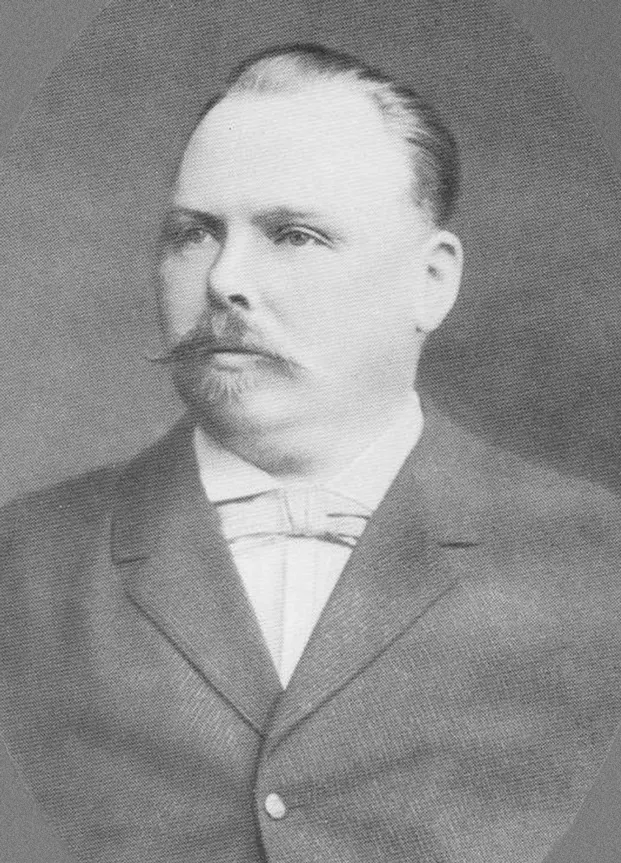
In Poland, the kayaking craze is said to have started with one man – Zygmunt Gloger. He was the first one to organize kayaking trips on the Vistula River, Bug, Niemen, and Biebrza. Although his escapades started in 1872, the official date for organized kayaking activity was the creation of the Kayaking Committee in Cracow in 1928.
Kayaking in Poland: One with nature
Today kayaking is surging in popularity among people of all ages. The idea of taking a kayak route down a river in the summer is something probably every fit Pole entertains for a very good reason. Forget how beneficial kayaking is to your physical health. Of course, staying healthy and spending time actively is essential. However, it is equally important to look after your mental health. And perhaps here lies the key to why kayaking is so popular.
Mens sana in corpore sano (what translates to: a sound mind in a sound body) was what the good old Romans used to say. And they were right. We don’t have to take their word for it anymore, as plenty of research proves that physical exercise can improve our mental wellbeing. Apart from a pleasant workout of varied intensity, kayaking brings us closer to nature.
Picture this: you carefully pack your belongings – not too many, as kayaks are relatively small. Of course, longer trips can be accompanied by a car carrying part of the group’s luggage, but that’s getting into details. The point is you take only that what is really necessary. There is no room for what is dispensable. You can travel alone or with a companion. Pushing your vessel away from the shore, you begin to work together, gently paddling as the river carries you with its current eager to show you its hidden beauty.
Let the river plan your kayaking trip
Sightseeing Poland from this perspective is a unique experience, even for those who have lived in this country for their entire lives. You watch the landscape change as you gaze at the banks. If you are really quiet, you can spot wildlife difficult to encounter in other circumstances (like beavers – they are such frightful creatures!) Most rivers will ensure you don’t get bored, however, and challenge you from time to time with more strenuous sections where you need to stay alert and work out that little bit harder.
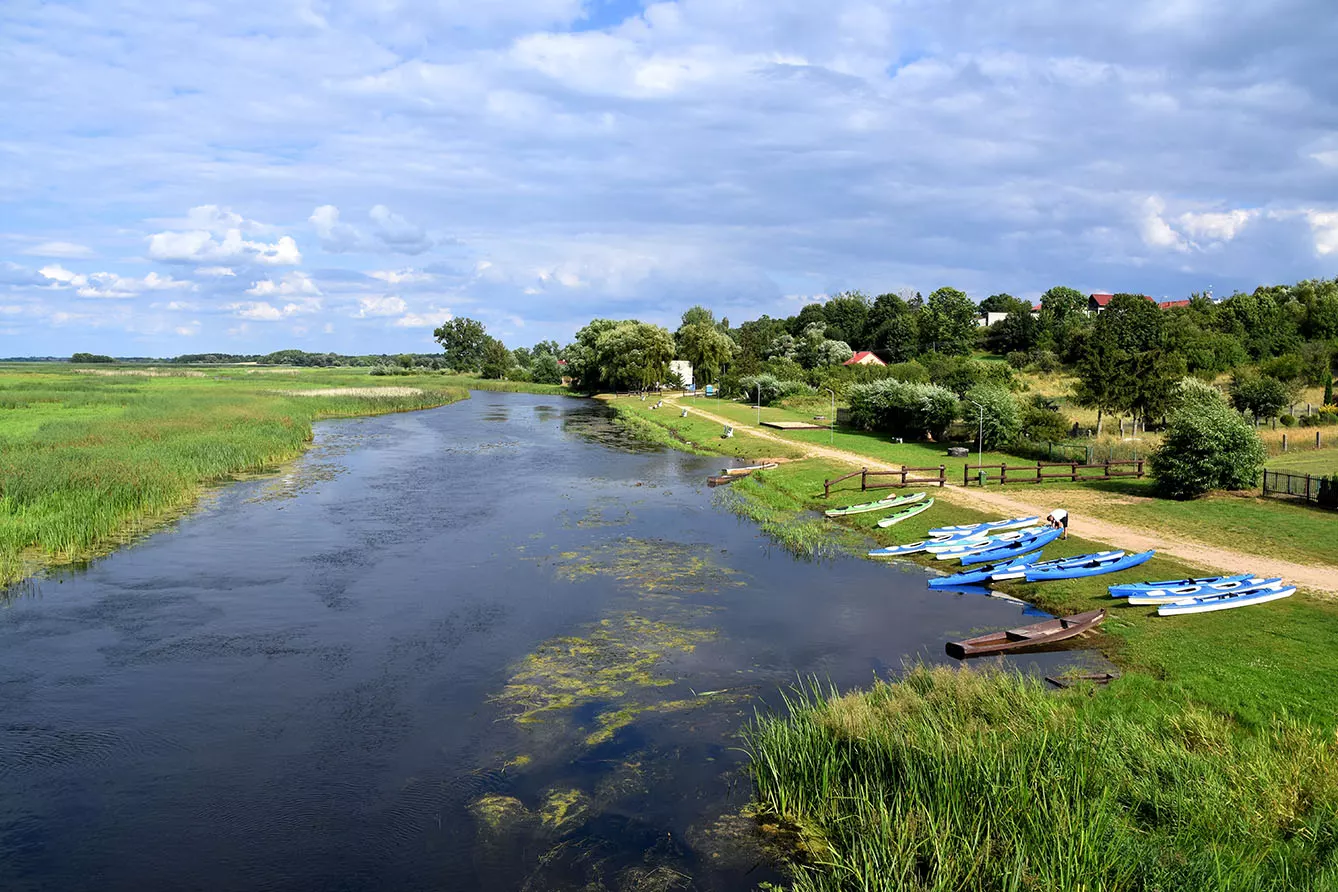


Sometimes the river ends. Quite literally. And you need to carry your kayak over land for a short stretch before being able to return to the water (my favorite kayaking route has a spot like that. For some reason, though, carrying a kayak seems equally fun as swimming in it. Possibly because it usually doesn’t take long to return to the water.) And let us not forget all the surprises that usually make the entire company laugh – like low bridges, trees blocking your way (usually the courtesy of the beavers), or the clumsiness of your friends who require help to get themselves out of that vegetation!
The length of the routes varies. It is possible to make a kayaking trip just a day-out adventure. But some courses stretch for more than two hundred kilometers and take more than a week to complete! Try kayaking in Kashubia, where most rivers are slow and bendy, allowing you to feast your eyes on the “Polish Switzerland.” Choose Biebrza, also nicknamed the “Polish Amazon.” Try to spot a moose and marvel over the beautiful sunsets. Go for something more niche, like the Rawka River in the Mazovia region. I could go on and on. You will find that the infrastructure for this type of leisure is very well developed in Poland.
Kayaking is an activity for everyone and anyone. Great for families, couples, and groups of friends but also a fantastic getaway for those who want to travel alone with their thoughts. The rivers invite us. They plan the route. They provide sudden attractions. They look after your stressed minds and tired bodies. The benefits are countless. Who would turn down such an offer?


